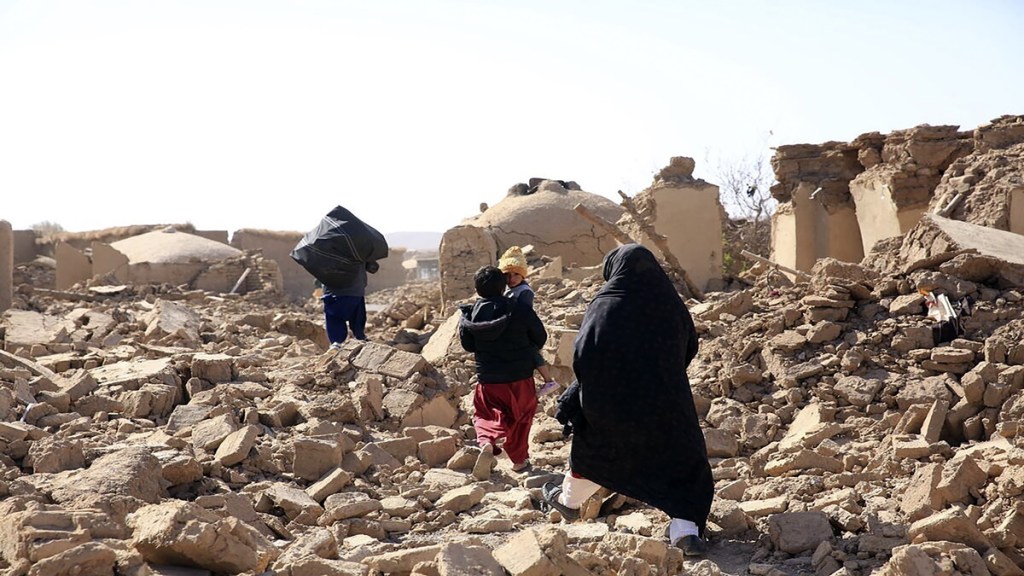Another 6.3 magnitude earthquake struck part of western Afghanistan on Sunday after thousands of people died and entire villages were flattened by devastating quakes a week earlier. The latest quake was centered about 30 kilometers outside the city of Herat and was 6 kilometers below the surface, the US Geological Survey said. It’s the fourth quake the USGS has measured at 6.3 magnitude in the same area in just over a week.
Aid and Casualties: Save the Children’s Report
Aid group Save the Children said four people have died and that Herat Regional Hospital has received 153 injured. Everything in the Baloch area of Rabat Sangi district has collapsed. Several villages have been destroyed, according to the aid group. Authorities have given lower casualty numbers.
Deadly Impact of Earlier Quakes
The initial earthquakes in Afghanistan on Oct 7 flattened whole villages in Herat and were among the most destructive quakes in the country’s recent history. More than 90% of the people killed were women and children, U.N. officials reported Thursday. They struck during daytime, while many of the men in the region were working outdoors.
Taliban’s Assessment: Massive Casualties
Taliban officials said the earlier quakes killed more than 2,000 people across the province. The epicenter was in the Zenda Jan district, where the majority of casualties and damage occurred. The initial quake, numerous aftershocks, and a third 6.3-magnitude quake on Wednesday flattened villages, destroying hundreds of mud-brick homes that could not withstand such force. Schools, health clinics, and other village facilities also collapsed.
Ongoing Humanitarian Crisis: Grief and Rebuilding
Besides rubble and funerals after that devastation, there was little left of the villages in the region’s dusty hills. Survivors are struggling to come to terms with the loss of multiple family members, and in many places, living residents are outnumbered by volunteers who came to search the debris and dig mass graves.
For those unaware, earthquakes are common in Afghanistan, where there are a number of fault lines and frequent movement among three nearby tectonic plates.
(With AP Inputs)

